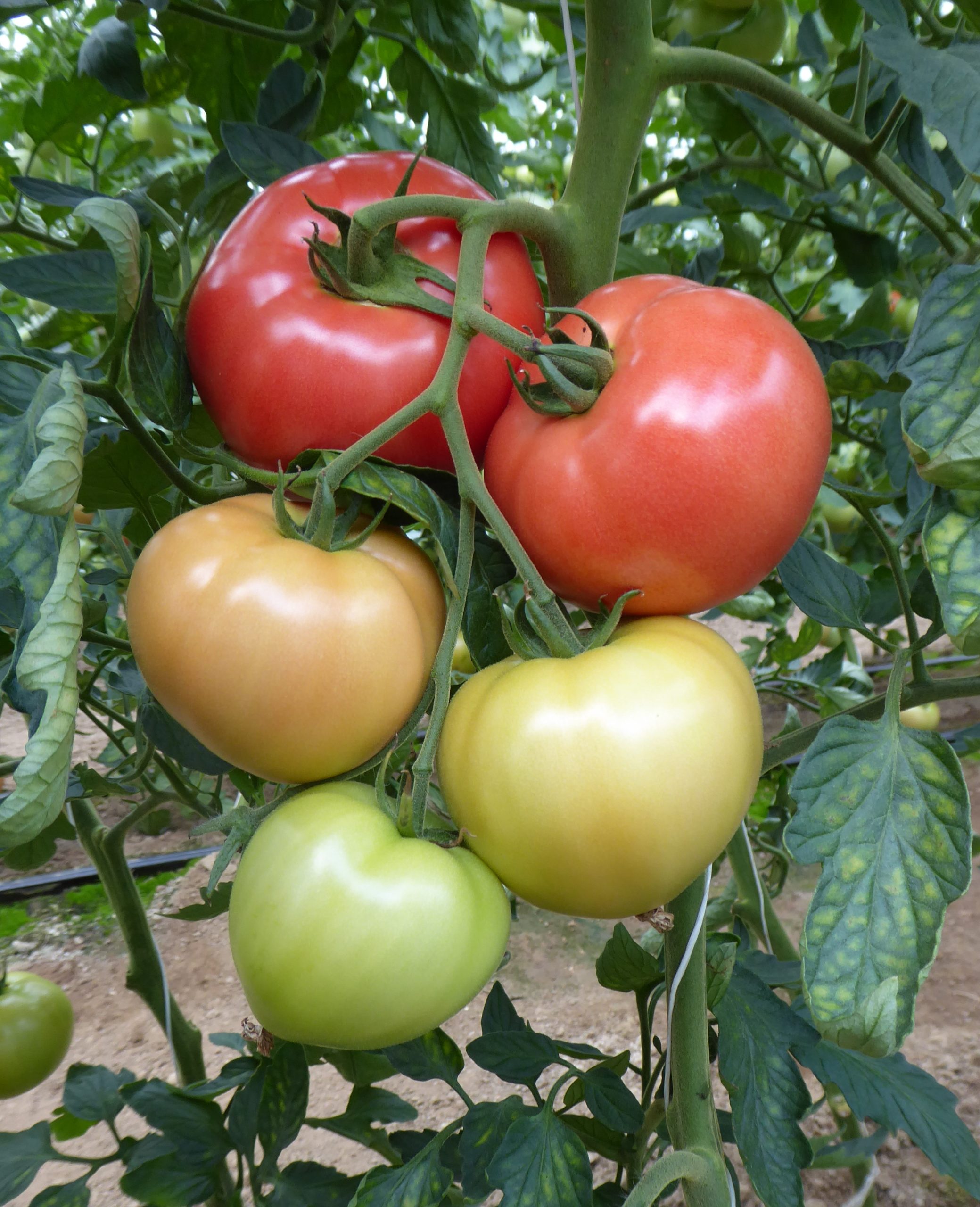| Maturity after tranplantation (days) | __ |
|---|---|
| Type | Round |
| Plant habit | Indeterminate |
| Plant size | Large |
| Colour | Pink |
| Formulation | Untreated / Germplus |
Greenhouse Tomato Pink ID F1
Greenhouse Tomato Pink ID F1
17.39$
In stock
Greenhouse Tomato Pink ID F1 has been added to cart
Buy 3 and get a 10% discount
For the amateur of pink tomatoes, here is a beautiful early variety whose fruits weigh from 170 g to 210 g. Pink ID has an exceptional taste and produces a large quantity of fruit without white heart or apical rot (black spots under the tomato). Replaces the Makari variety.
Cultivation mode
Plantation : Tomato plants in a greenhouse can be put in place from the beginning of May, or even at the end of April if the weather permits. This therefore presupposes sowing the seeds in March. Seedlings indoors, under light. Harden the seedlings before planting in the greenhouse. Growth is best at temperatures of 21 °C to 24 °C or higher.
Soil : Prepare the soil: clean and aerate the entire surface under the greenhouse if it is dedicated to tomatoes. Dig the planting holes, with a spacing of 50 cm in all directions. Fill them with water. Water the plants so that the root ball is well soaked, then place them in each hole. Fill the holes with the extracted soil, to which you will have mixed compost. Consider burying the stem several centimetres to promote the emission of roots.
Spacing : transplant the tomato plants 45 cm to 60 cm apart and 90 cm apart. Place stakes at the base of each plant. But if the greenhouse is not very high. In this case, prefer the “string” system. Tie a fairly large string high up to the greenhouse structure and secure it to the ground. As the plant grows in height, wrap the stem in twine.
Cultural practices : The greenhouse provides two important advantages for growing tomatoes. The first is that it provides shelter from ambient humidity, heavy dew and rain, which create favourable conditions for the development of late blight. The second is that the atmosphere inside the greenhouse heats up very quickly as soon as a ray of sunlight appears. In a hot environment, tomatoes ripen faster and produce longer.Warning! It is imperative to ventilate the greenhouse regularly in order to prevent whiteflies, which prefer hot environments, and fungi which develop in confined and humid spaces. Being sheltered from winds and pollinators, the flowers are a little shaken and little forages … unless you leave the doors open! To give nature a little boost, nothing prevents you from delicately stirring the flowers of your plants with a small brush.Greenhouse plants do not benefit from the natural watering such as rain and dew. In this warm and protected atmosphere, the tomatoes can quickly run out of water. It is therefore necessary to be more present with the watering can. To make your job easier, consider installing a “driping” system.
Harvest : harvest the fruits as they ripen. Before frost, remove the plants from the ground, holding them by the roots. Hang them inside, to allow the remaining fruit to ripen.
| Growing plants from seeds |
|---|

